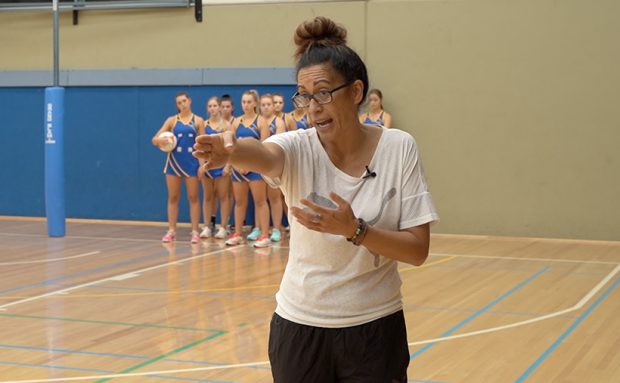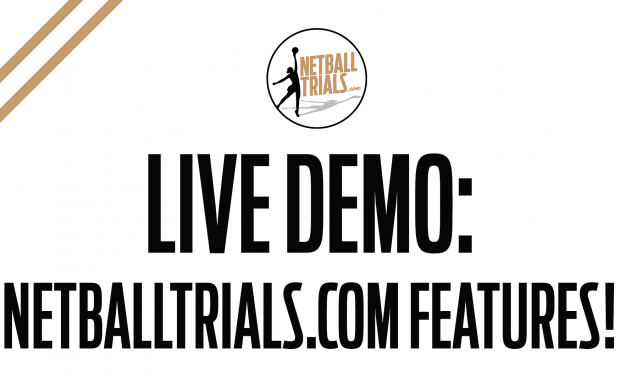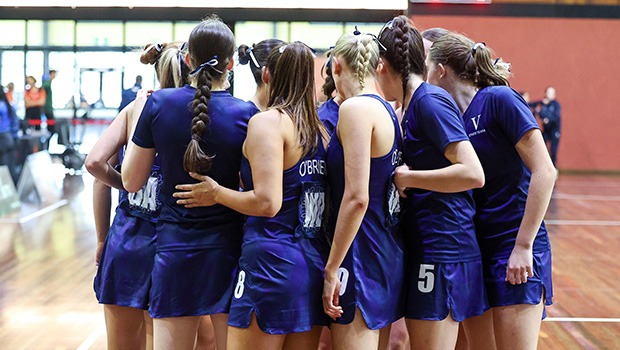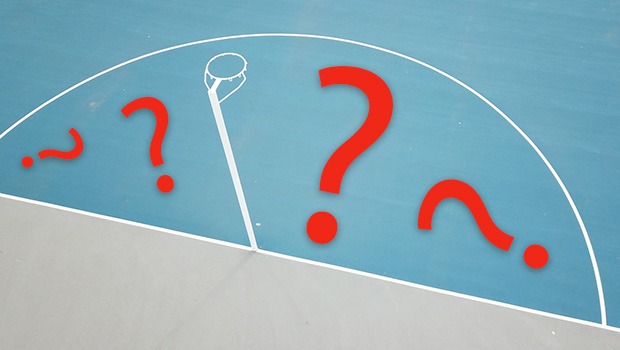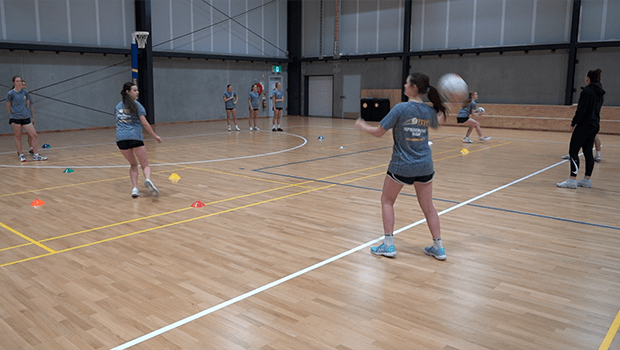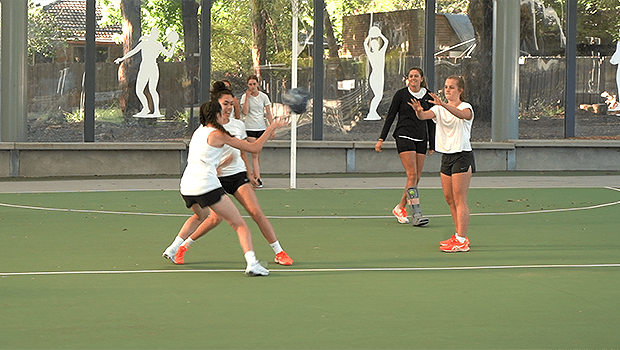For most netball teams, the halfway point of the year is now upon us, and in the coming weeks and months players will be looking ahead to trials for 2018, or next season.
It’s a good time to reflect on where your players are at as a team, but also individually, as you begin to focus a little more on preparing them for whatever step they hope to take with their netball moving forward.
Sometimes as coaches we get so caught up in trying to work on team-specific things that might have fallen apart in recent games, or revisiting our centre pass structures or defensive throw-ins for what seems like the millionth time, that we can be guilty of neglecting the basics.
400+ VIDEOS: REGISTER NOW FOR LESS THAN $5/MONTH
Are you continuing to look at and develop your players’ basic skills and techniques throughout the year?
It’s all well and good to identify at the start of the year that some players have a weak chest pass or a poor shoulder pass technique, but are you consistently following up with them and ensuring they keep working to improve them?
NAIL THOSE BASICS FOR FUTURE SUCCESS
So many advanced skills are extensions of the basic techniques players learn as junior netballers, or include elements of a number of those basic skills.
Without lifting those fundamentals to a certain level, there’s a ceiling on how far some players will be able to progress their game. Getting the basics right is just so important.
For selectors at all levels – domestic, representative and state league – basic skills are a key criteria, particularly for players who are moving up an age group and will automatically need a certain level of skill if they’re to be competitive against older, more experienced players.
THE BASICS: WE SHOW YOU HOW TO IDENTIFY WHERE YOUR PLAYERS CAN IMPROVE
And if selectors are choosing between two players who are athletically quite similar, you can be almost certain that the player with noticeably better basic skills will gain selection, regardless of other factors.
So give the basics the time they deserve. You and your players might feel like you’re taking unnecessary baby steps, but they’ll thank you for it in the long run.
HOW MUCH TIME IS ENOUGH TIME?
If skill correction is something that’s been neglected or forgotten throughout the season so far, any time is better than nothing!
It’s always worth going through basic techniques with players at the start of a season – pair passing is always good, just to get repetition happening – so that you can make changes to players’ techniques if required. You can then revisit that feedback and remind those players about those coaching points throughout the season, as all too often players revert straight back to bad habits once they’re in a drill or matchplay situation.
But in truth, skill detection and correction isn’t always something you need to dedicate specific chunks of time to in each session. All it requires is some constructive feedback and regular reminders at each training or game. For example, if you’ve given a player feedback and instruction about their shoulder pass, follow up with them if they’re reverting back to their old technique during drills and games, until the new technique becomes second nature.
Also keep an eye out for something called “coachable moments” – when a player doesn’t execute something and you’re able to explain that they’ll be able to do it successfully next time if they make a small change to their technique, or when that player or another player then goes on to perform that skill correctly in a similar situation, and as a coach you’re able to highlight the difference to them.
BASIC FOCUS SKILLS
Passing technique – Shoulder, chest, overhead and bounce. Can your players release the ball both high and low with accuracy?
Landing technique – Can your players land confidently and competently on either leg, without needing to spend a long time regaining their balance?
Inside/outside pivots – Are your players able to turn their body and pivot while landing, after driving forwards and receiving the ball, to enable them to quickly see their next option down the court?
Goaling technique – Have your younger players stopped using two hands to push the ball? Do they have a nice knee bend, slight elbow bend and a good finger flick?
Footwork – Are players pushing off strongly on one leg and lifting their inside leg, rather than planting both feet? Are they taking off on nice strong angles, rather than driving sideways or flat?
COACHING INSTRUCTION: JOIN NOW TO ACCESS ALL OF OUR DRILL VIDEOS!
